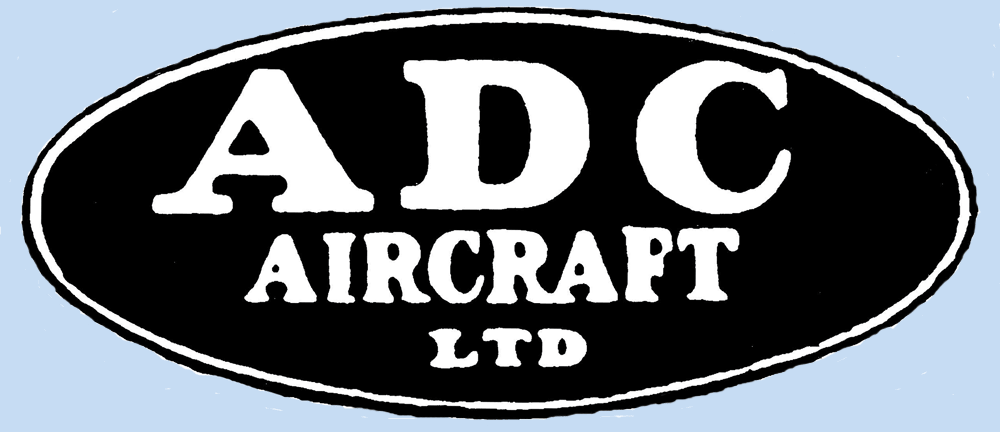|
ADC
 Aircraft Disposal Company Aircraft Disposal Company
Airdisco
A.D.C Aircraft Ltd
Formed by Frederick Handley Page, the Aircraft Disposal Company (also known as Airdisco from its telegraph address) was
established in March 1920 to take over from His Majesty's Disposals Board surplus aircraft not required for use by the diminishing
RAF. ADC then converted them to various civil and military roles before
selling them on.
For the 1922 Itford gliding competition, Airdisco produced a single seat glider called the Phi-Phi,
designed by Major Grant and Mr. Rankin, but it crashed on its second flight. The next year a drawing office was formed under
John Kenworthy, formerly with Austin and Westland. After the Bankruptcy of Martinsyde in 1924, ADC acquired the company, and Kenworthy effected highly successful modifications to the Martinsyde
F.4, resulting in the A.D.C.1. (for completeness, the ADC developments of Martinsyde designs are covered under the
Martinsyde entry). As a result of this increased involvement in aircraft design, from 1925 the company was officially known as A.D.C
Aircraft Ltd.
The chief engine designer for A.D.C. Aircraft was Major Frank Halford, who was one of the
designers of the B.H.P. engine, the forerunner of the Puma, and later the chief designer with de Havilland engines.
The
company name was changed to The Imperial & Foreign Corporation Ltd and was finally wound up in 1930.
Company References - Great War-Plane
Sell Off, The, Arthur W.J.G. Ord-Hume (GMS Enterprises, 2005)
Project Data 
Project No |
Type
No | Name | Alternative Name(s) | Year |
Spec
(Requirement) | Status | Qty | Description |
References |
| |
| Phi-Phi | | 1922 | |
Proto |
1 |
1S glider | 1,2 |
Project References - British Gliders
and Sailplanes 1922-1970, Norman Ellison (Adam and Charles Black, 1970)
- Flight 26 Oct 1922
One aircraft only, no c/n or registration.
Total ADC Production 1
|
 Aircraft Disposal Company
Aircraft Disposal Company



























